Fire Service Leadership Continuum – Part 2
Becoming a Leader
Before you can lead, you must follow. This is, perhaps, one of the most important aspects of becoming a leader. Leadership is a learning process, meaning increased proficiency in leadership can be developed. As a young firefighter with aspirations of becoming a fire officer, or a fire officer looking to become a chief, you have to develop your knowledge, skills, and abilities (KSAs). Development of these KSAs has three pillars. Each one must be addressed on your road to leadership.
The Three Pillars
#1 – Experience
Experience is the foundation that we can build our skills and abilities on. You can have all of the knowledge in the world on a particular topic, but without applying that knowledge in a practical setting you are leaving some pretty big holes in your game.
My friend and founding contributor of the FirefighterToolbox, Michael Rehfeld, once told me that the erosion of good leadership in the fire service is lack of experience. What that means to me is that to be a good leader, you must have experience. That experience is what will assist you in making tough decisions both on the fire-ground and in the station.
So, be patient and absorb as much as you can on every call, training evolution, or class. Take the time to get plenty of experience under your belt. Being able to recall these experiences will allow you to apply what you gain in training and education and prepare you for leadership.
#2 – Training
Every firefighter I know loves a good training evolution. This is where we hone our craft, and it is essential to developing yourself as a leader. Take every opportunity you can to train. This can be something as simple as sitting around the table and discussing a potential or past incident, or it can be as complex as an 80 hour confined space class.
However, do not limit yourself to just fire service training. Take the time to think outside of the box with your training. A good option to consider is a leadership workshop or organizational management training. There are numerous options available that will make you a well-rounded leader.
#3 – Education
Education can come in many forms. However, the primary focus of our education is something that give us the ability to manage tasks and to think critically. The most common way to gain an education is by earning a degree. I encourage every aspiring leader to consider a degree as part of their development. Formal education is an excellent source for developing analytical skills, communication skills, resource management, and critical thinking. All of these things are extremely important as you move up in rank.
Remember, be patient and seek guidance from the leaders around you. While you are building each one of the three pillars, you will find leaders around you. Get to know them and learn from them. If you see leaders making mistakes, learn from those mistakes so you don’t make them when it is your turn to lead.
Photos courtesy of and copyrighted by Robert Simmons.
Find the complete series here!
Part 1: Introducing the Fire Service Leadership Continuum
Part 2: Becoming A Leader (The Pillars)
Part 3: Moving Into The Position
Part 4: Being The Leader
Part 5: Growing Future Leaders
Part 6: 360 Feedback (Putting It All Together)

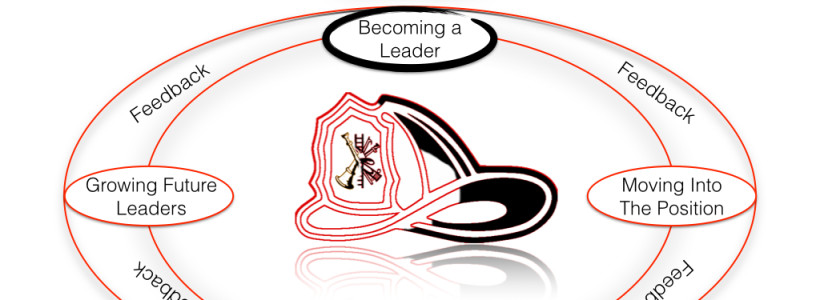

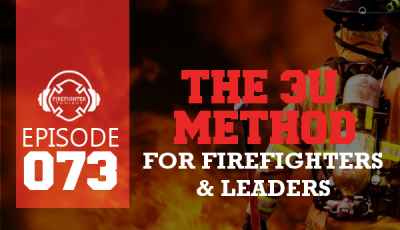
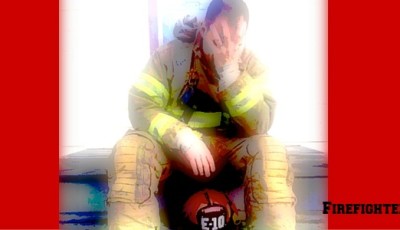
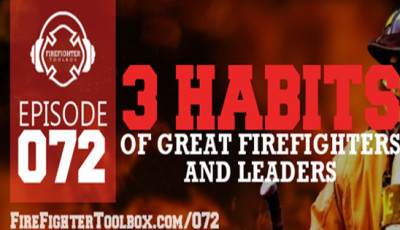
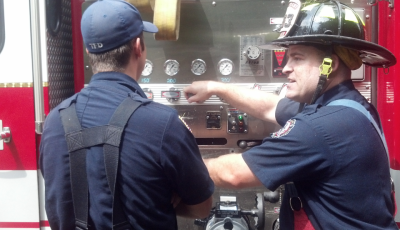
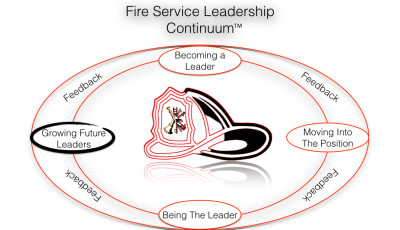





Pingback: Fire Service Leadership Continuum – Part 1 | FireFighterToolBox
Sir!
Iam greatly humbled about your articles on Leadership and Development; you have touched on essential points and steps towards becoming a Leader.I have told my officers that one has to have a “tool-box”where as one gets information one puts it in there; and that one may not need a certain tool now but, and surely in one’s career one will be required to take out tools that are needed in that moment and time.We have to instil learning discipline in our troops so that we leave tommorrow’s leaders.
Raymond,
Thank you for your comment.
I agree with you that we have to mentor our troops and help them understand the importance of learning and growing in our profession. Leadership is a live-long learning process.
Raymond,
Thank you for your comment.
I agree that we must mentor our troops and ensure they understand the importance of continuous learning. Leadership is a life-long learning process.
Pingback: Fire Service Leadership Continuum – Moving Into The Position: Part 3 | FireFighterToolBox
Pingback: Fire Service Leadership Continuum: Moving Into The Position – Part 3 | FireFighterToolBox
Pingback: Fire Service Leadership Continuum – Part 5 | FireFighterToolBox
Pingback: Fire Service Leadership Continuum – Being The Leader: Part 4 | FireFighterToolBox